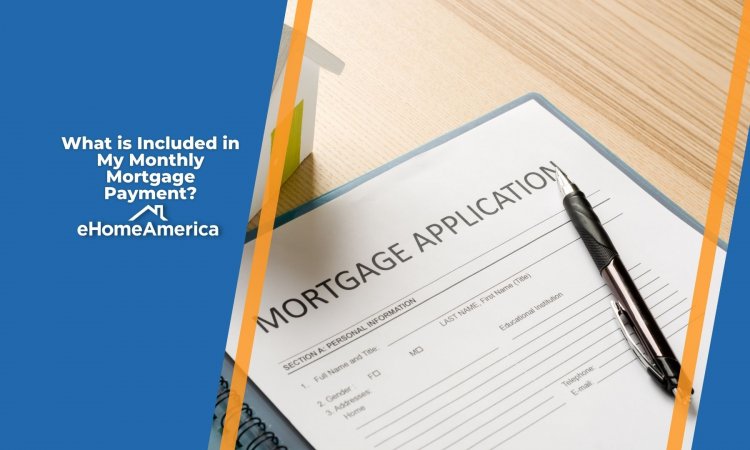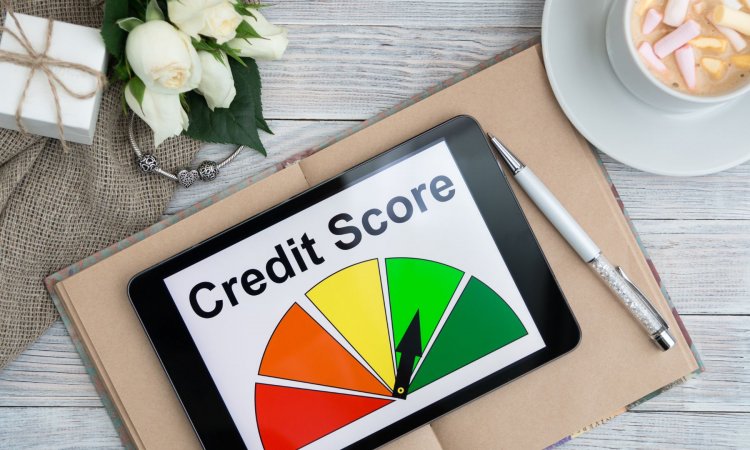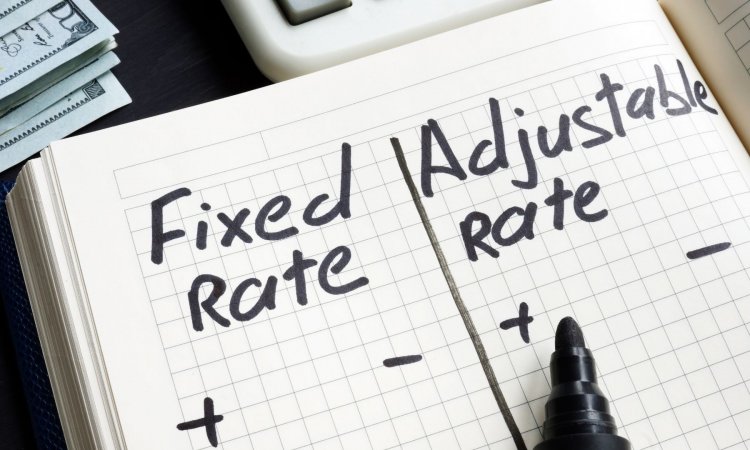What is Included in My Monthly Mortgage Payment?

Before you sign those closing papers, we advise you to learn all you can about your loan - especially your mortgage payment. That way, you’ll know what you’re getting into. Mortgage payments have several components and can easily get complicated. So, in this article, we’ll break down everything that goes into your monthly mortgage payment in layman’s terms. Let’s get right into it.

This is What’s Included in Your Mortgage Payment
As we mentioned before, your monthly mortgage payment includes multiple components. They include the principal, interest, taxes, and insurance (or PITI for short). Here’s a quick breakdown of each element of a mortgage payment:
- Principal – The total amount borrowed from the lender.
- Interest – The cost of borrowing from the lender (expressed as a percentage of the principal).
- Taxes – Property taxes assessed on your home based on local government rates.
- Insurance – Homeowner’s insurance to cover common losses and accidents.
Note: The insurance portion may also include mortgage insurance, which protects the lender if you stop paying your mortgage.
4 Factors that Determine How Much Your Mortgage Payment Will Be
Now that you understand the basic elements of a mortgage payment, let’s dig a bit deeper. This section will share some factors that directly influence your monthly mortgage payment amount.
Interest
A high-interest rate increases the amount of your monthly mortgage payments. In fact, the vast majority of your first few monthly mortgage payments go towards paying off your interest. The amount you pay each month decreases your principal and the resulting amount of interest you owe. Your mortgage payment also depends on whether you have a fixed or adjustable interest rate, which we will look at later in the article.
Home Price and Loan Amount
One of the most impactful factors in determining your mortgage payment amount is the overall cost of the home and the size of your loan. The higher your home’s purchase price, the more money you will have to borrow and the higher your monthly mortgage payment will be. The cost of your home depends on factors like:
- Location
- Size
- When it was built
- Home type
The Size of Your Down Payment
Generally speaking, the more substantial your down payment is, the lower your monthly mortgage payment will be. A large down payment means you have a more significant stake in your property, which lowers your risk level in the lender's eyes.
Additionally, if your down payment is less than 20%, you may have to pay for private mortgage insurance, which adds to your overall monthly payment amount.
Your Credit

Your credit score and report are two of the most influential factors considered by lenders. In most cases, the better your credit is, the lower your mortgage interest rates will be, which translates to a lower mortgage payment. A high credit score also helps you avoid extra fees.
What Are Land Taxes?
Rather than the property built upon it, land taxes are based on the unimproved value of the land underneath. Although land is not directly taxed, land taxes are included as part of your property taxes. So, they have an effect on your mortgage payment amount.
Fees Associated with Mortgage Payments
In addition to the usual components of mortgage payments (principal, interest, taxes, and insurance), there are various fees that you may be responsible for over the lifespan of your loan. They vary, but we’ll break down the most common below:
- Mortgage points – Points are funds paid to the lender to secure a lower interest rate. You’ll essentially pay some of the interest upfront to reduce the total interest due over the life of the loan. This equates to a lower mortgage payment.
- Late payment fees - Although many mortgage providers give you a grace period, late mortgage payments can incur late fees. The average grace period is around 15 days, but it varies by lender.
- Third-party costs - Third-party costs are sometimes rolled into your mortgage, but they may also be paid at closing. Examples of third-party fees include:
- Appraisal fees
- Flood certification
- Title insurance
- Recording fees
- Settlement fees
- Loan servicing fees - Loan serving fees, which are typically 0.25% to 0.5% of your total mortgage balance, go to the mortgage servicing company that processes and handles your payments.
- Origination and lender charges - Origination fees are typically between 0.5% and 1% of the total loan amount (before applicable mortgage points). Origination fees cover several lender costs, including underwriting, loan processing, and preparing your mortgage paperwork.
Fixed-Rate Mortgage vs. Adjustable-Rate Mortgage

Fixed-rate and adjustable-rate mortgages are the two main types of mortgages. A fixed-rate mortgage has a set interest rate that doesn’t fluctuate over your loan term. It protects against sudden changes in mortgage interest rates and makes it easier for homeowners to set their budgets. Unfortunately, they can be more difficult to qualify for.
An adjustable-rate mortgage, by contrast, comes with an interest rate that may increase and decrease over time. Adjustable-rate mortgages start low and are usually lower than comparable fixed-rate mortgages. The fluctuating interest rate is unpredictable, making it more challenging to set and stick to a monthly budget. However, adjustable-rate mortgages are typically much cheaper than fixed-rate mortgages, particularly in the first few years.
Both mortgage types have their benefits and drawbacks, so it all comes down to your individual preferences. Although adjustable-rate mortgages are usually easier to qualify for and less expensive, they carry a lot more risk. Similarly, fixed-rate mortgages are more costly but stable and predictable. If you’re trying to decide between the two, consider some of the following factors:
- Changes in your future income
- Whether you have a tight monthly budget
- The projected outlook of the housing market
- Whether you need predictability or stability
How To Choose The Best House For Your Budget
In the market for a new home? Before you overextend yourself with fees and sky-high prices, here are a few ways to choose the best house for your budget.
- Pay attention to the price of the home - Choosing a home with a low purchase price keeps your monthly mortgage payments low and allows you to put down a more substantial down payment. It’s crucial to live within your means.
- Determine the energy efficiency - Houses that aren’t energy efficient cost significantly more each month, which can eat into your mortgage budget. Keep an eye out for homes with drafty windows or outdated heating and cooling systems.
- Calculate your home buying budget - Being able to afford a house doesn’t necessarily mean you have the budget for it. Calculating your home budget will give you a more realistic look at what you can comfortably afford. You can do this by following the 28% rule, which states that your monthly mortgage payment should be no more than 28% of your monthly gross income. That gives you wiggle room and helps to ensure that you have enough money left over for unexpected expenses.
- Choose the right type of property - Single-family homes are typically the most sought-after and most expensive. As you search for a house, keep an eye out for cheaper alternatives. Some other home types you should consider are:
- Multi-family homes
- Townhomes
- Manufactured homes
- Co-ops and condominiums
Purchasing a home is a huge financial step, so make sure you factor in all the potential costs of your loan while you shop around for a mortgage. Doing so will help you avoid unwanted surprises and keep your monthly mortgage payments at a comfortable level. We hope this article has helped break down how mortgage payments are formulated and provided you with all the information you were after!
What's Your Reaction?
















